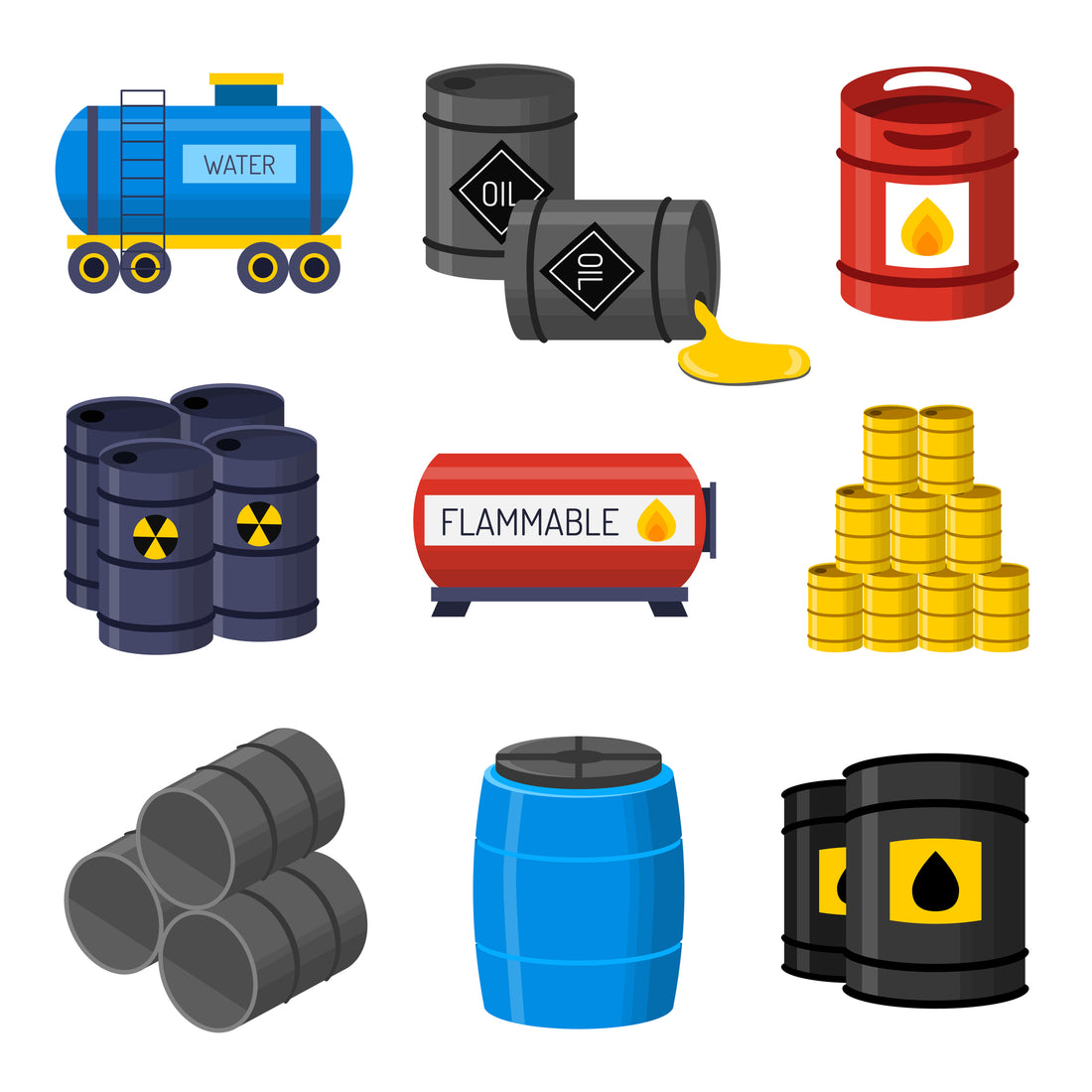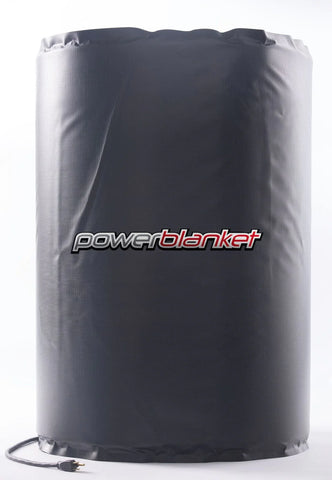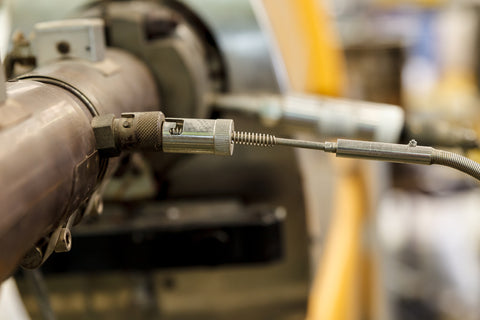55-Gallon Drum Dimensions
55-gallon drums are large cylindrical containers commonly used for storage, transportation, and disposal of liquids, chemicals, and other materials. They are widely used in industrial settings, as well as in commercial and residential applications. Knowing the dimensions of a 55-gallon drum is important for selecting the appropriate drum for specific uses and ensuring compatibility with storage and transportation requirements.
This article provides a guide on the dimensions of 55-gallon drums. It covers the standard exterior and interior dimensions, weight capacity, and variations in dimensions based on different types of drums, lid configurations, and UN ratings. The article also highlights the common uses of 55-gallon drums and the regulations governing their storage, transport, and disposal. By the end of the article, you should understand the drum dimensions and how to choose the right drum for your needs.
Standard 55-Gallon Drums
A 55-gallon drum typically has an outer diameter of 22.5 inches (57.2 cm) and a height of 33.5 inches (85.1 cm). However, there can be slight variations in the dimensions of different types of drums based on their materials and intended use.
The following table provides a summary of the standard dimensions and weight capacity of 55-gallon drums:

Note: Weight capacity is based on the drum being filled with liquid. Actual weight capacity may vary depending on the density and weight of the stored material.
Types of 55-Gallon Drums
Several types of 55-gallon drums are available on the market, each designed to meet specific needs and requirements. The three most common types are steel drums, plastic drums, and fiber drums.
Steel Drums
Steel drums are the most common type of 55-gallon drum. They are made of stainless or carbon steel and come in open-head and tight-head configurations. An open-head steel drum has a removable lid, while tight-head drums have a non-removable lid. Steel drums are sturdy, and durable, and handle various materials, including hazardous chemicals.

Plastic Drums
Plastic drums are made of high-density polyethylene (HDPE) or polypropylene (PP) plastic. They are lightweight, easy to handle, and in various colors to indicate the drum's contents. Plastic drums are resistant to rust and corrosion, making them suitable for storing corrosive materials. They are available in both open-head and tight-head configurations.

Fiber Drums
Fiber drums are made of compressed paperboard or fiberboard. They are lightweight, inexpensive, and environmentally friendly, as they are biodegradable and recyclable. Fiber drums are commonly used for shipping dry or solid materials but are not recommended for liquids or hazardous chemicals. They are available in open-head and tight-head configurations, with a removable or non-removable lid.

In addition to these three types, specialty drums are designed for specific uses, such as food-grade drums for storing food products, salvage drums for storing damaged or leaking containers, and overpack drums for containing and transporting multiple smaller containers. Choosing the right drum type for the intended use is important to ensure safety and compliance with regulations.
Variations in Drum Dimensions
The dimensions of 55-gallon drums can vary based on their intended use and construction. Some of the common variations in dimensions are as follows:
Open-head vs. Tight-head
Open-head drums have a removable lid, while tight-head drums have a non-removable lid. Open-head drums are easy to access and clean, while tight-head drums provide better protection against leaks and spills.
UN-rated vs. non-UN-rated
UN-rated drums are certified to meet specific regulations for transporting hazardous materials. They have thicker walls and stronger lids and are tested for impact resistance and drop testing. Non-UN-rated drums are not certified for hazardous material transport and may not be suitable for certain applications.
Removable lid vs. non-removable lid
Drums with a removable lid are easier to access and clean, but they may not provide the same protection against leaks and spills as drums with a non-removable lid.
It is important to consider these dimension variations when selecting a drum for a specific application. The drum's dimensions should be compatible with the storage and transportation requirements of the material being stored and any applicable regulations.
The Raw Facts
In conclusion, 55-gallon drums are a common and versatile industrial container for storing and transporting various materials. The standard dimensions of a 55-gallon drum are 22.5 inches (57.2 cm) in diameter and 33.5 inches (85.1 cm) in height. Still, there can be slight variations in dimensions based on the drum's construction, manufacturer, and intended use.
The three most common types of 55-gallon drums are steel, plastic, and fiber drums. Each type has unique advantages and disadvantages and is designed to meet specific needs and requirements. Other variations in dimensions include open-head vs. tight-head, UN-rated vs. non-UN-rated, and removable lid vs. non-removable lid.
When selecting a 55-gallon drum for a specific application, it is important to consider the type of material being stored or transported and any applicable regulations. Choosing the right type of drum and ensuring that it meets the necessary specifications can help ensure the safe and effective storage and transportation of materials.







